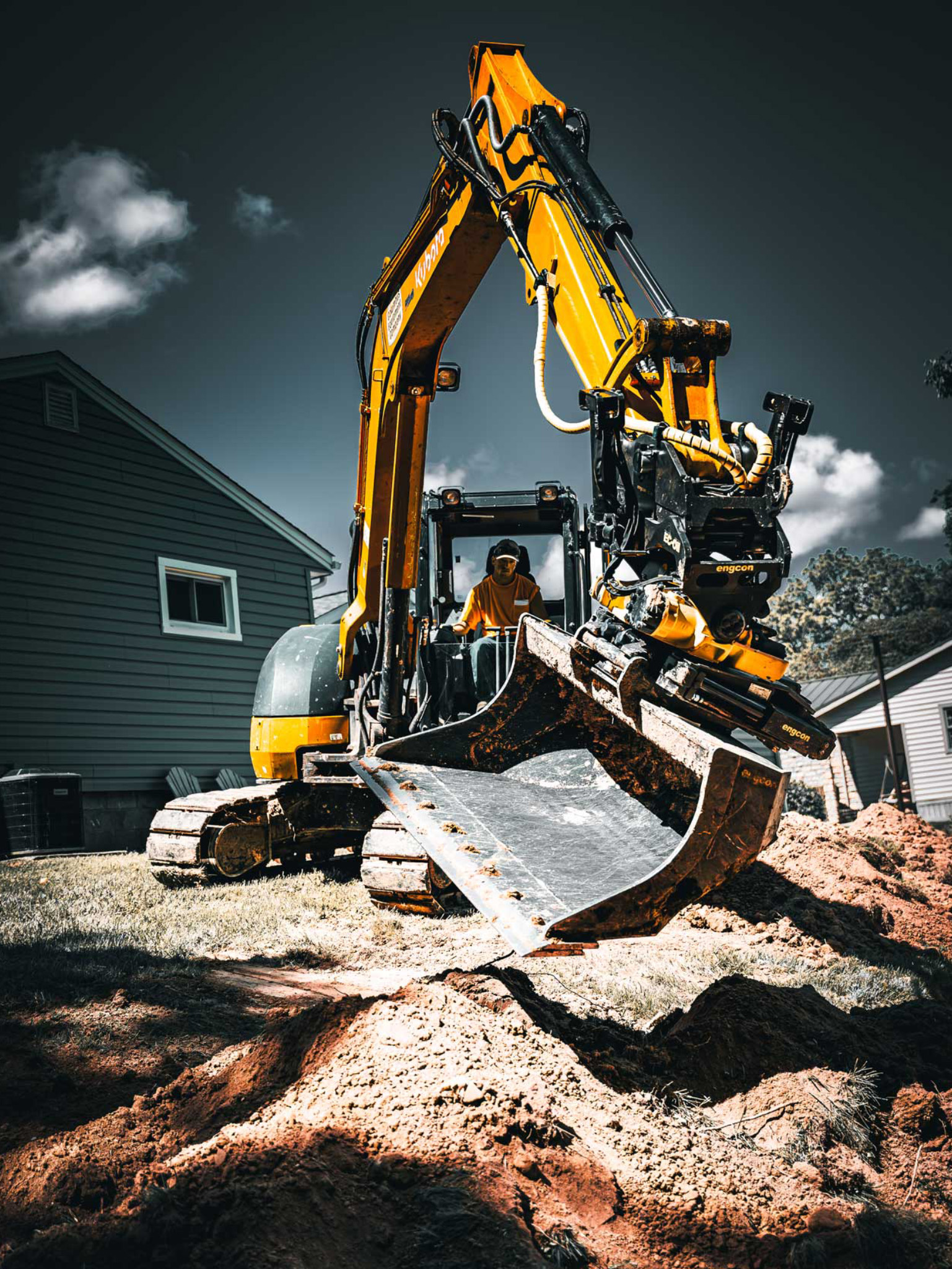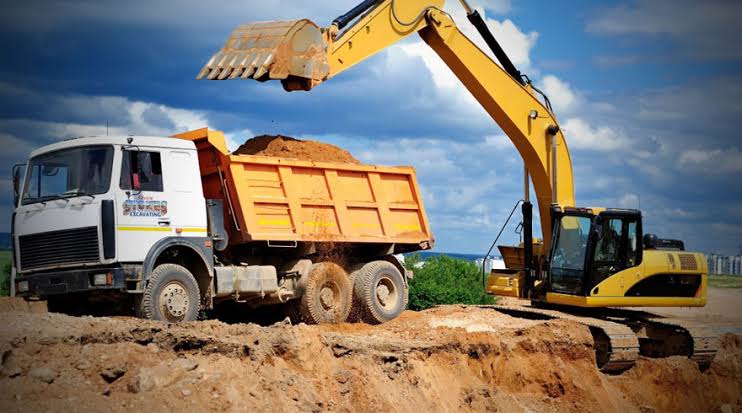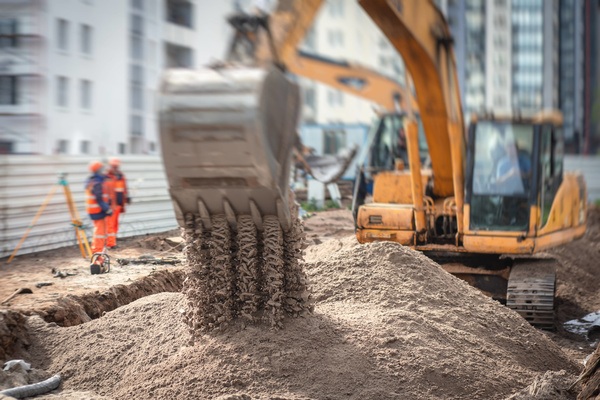Business Lancaster Trenching - Trenching Services for Organizations in Lancaster
Business Lancaster Trenching - Trenching Services for Organizations in Lancaster
Blog Article
Introducing the Art of Excavation: Pro Tips for Safe and Efficient Digging
As soil is turned and planet is moved, the details of excavation expose themselves, demanding a keen understanding of tools, dirt structure, security procedures, and environmental factors to consider. The competence required to browse these aspects properly can suggest the difference between an effective excavation task and a possible catastrophe.
Value of Appropriate Tools
To make sure the safety and security and performance of any kind of excavation job, utilizing the appropriate devices is paramount. The right tools not just improve performance however also mitigate risks connected with excavating. Excavation tasks differ in scope and complexity, ranging from tiny domestic landscape design tasks to massive construction undertakings. Despite the task dimension, having the correct tools can make a substantial difference in the result.
These flexible equipments come in different dimensions to match various task needs. Mini excavators are optimal for smaller sized tasks, while bigger excavators take on a lot more considerable jobs successfully.
Aside from excavators, other important devices includes dump plates, bulldozers, and vehicles. Unload vehicles are crucial for getting rid of and transferring excavated products, while plates are utilized for excavating slim and deep trenches. Bulldozers master jobs that require pressing big amounts of dirt or debris. By purchasing the ideal devices, excavation projects can be completed safely, on time, and with accuracy.
Recognizing Dirt Composition
A thorough understanding of dirt composition is essential for carrying out excavation jobs with precision and security. Understanding the various kinds of dirt is essential as it directly influences excavation approaches, equipment choice, and total task performance.
Sand bits are the biggest and provide good drain yet offer little cohesion. Silt particles are smaller than sand yet larger than clay, providing modest water drainage and communication. Clay fragments are the smallest and provide high communication yet poor drainage. Organic matter, such as rotting plant material, affects dirt fertility and stability.
Prior to beginning excavation, conducting dirt tests to determine its structure and characteristics is essential. This information aids in picking the ideal equipment, applying precaution, and establishing excavation approaches customized to the particular soil problems - lancaster trenching. By understanding soil structure, excavation experts can boost task results while guaranteeing security and adherence to best methods
Safety And Security Procedures and Methods
Recognizing soil structure is the cornerstone whereupon precaution and methods for excavation jobs are developed, making certain the wellness of employees and the success of the venture. There are a number of crucial measures that have to be implemented to alleviate dangers and avoid mishaps. when it comes to safety during excavation.
First and foremost, before any type of excavating begins, an extensive inspection of the site need to be performed to identify any kind of possible hazards such as underground energies, unstable soil conditions, read or neighboring frameworks that can pose a threat. It is critical to have an experienced person supervise look what i found the excavation process to ensure that all security methods are followed purely.
Moreover, all employees involved in the excavation must be correctly educated in secure excavating techniques and the correct procedure of devices. By adhering to these safety steps and methods, excavation jobs can be finished effectively and without event.
Effective Excavation Preparation
When starting an excavation project, precise planning is important to guarantee efficiency, safety and security, and effective end results. Efficient excavation preparation entails a number of essential actions that are critical for the smooth execution of the project. The primary step is to conduct an extensive site assessment to identify any kind of prospective hazards, such as below ground utilities or unpredictable dirt conditions. This details is crucial for developing a detailed excavation strategy that includes precaution and run the risk of mitigation methods.
When the website evaluation is full, the next step is to develop a clear timeline and routine for the excavation tasks. This includes establishing the sequence of tasks, tools requirements, and workforce allotment. Proper scheduling aids avoid delays and guarantees that the job stays on track.

Additionally, interaction amongst all staff member is vital throughout the preparation stage. Clear instructions, normal updates, and reliable control are vital for a successful excavation job. By investing effort and time in careful planning, excavation teams can dramatically boost performance, decrease risks, and attain effective end results.

Managing Ecological Factors To Consider
With enhancing emphasis on environmental sustainability in building and construction techniques, handling ecological factors to consider has come to be a crucial aspect of excavation tasks. Excavation activities have the possible to impact the surrounding environment with soil disintegration, sediment drainage, environment disturbance, and contamination of water resources. To alleviate these risks, it is important to execute best techniques that prioritize ecological security.

Furthermore, correct waste management is important to stop soil and water contamination. Carrying out treatments for the disposal of harmful materials, recycling of waste products, and lessening making use of dangerous chemicals can dramatically lower the environmental effect of excavation jobs. By integrating these practices right into excavation preparation and execution, building companies can ensure that their tasks are not just risk-free and productive yet additionally ecologically liable.
Verdict
Finally, grasping the art of excavation requires an extensive understanding of proper tools, soil composition, precaution, and efficient planning. By adhering to these guidelines and taking into consideration environmental elements, excavations can be performed safely and efficiently. It is crucial to focus on go to website security and productivity in every digging project to make certain successful end results.
As soil is transformed and earth is relocated, the intricacies of excavation reveal themselves, demanding a keen understanding of devices, dirt make-up, security protocols, and ecological considerations.To make certain the safety and performance of any excavation project, making use of the appropriate devices is paramount.A thorough grasp of dirt make-up is fundamental for implementing excavation projects with accuracy and safety and security. Comprehending the various types of soil is essential as it straight influences excavation methods, devices option, and overall job efficiency. By comprehending dirt make-up, excavation professionals can improve task outcomes while making sure safety and adherence to finest methods.
Report this page